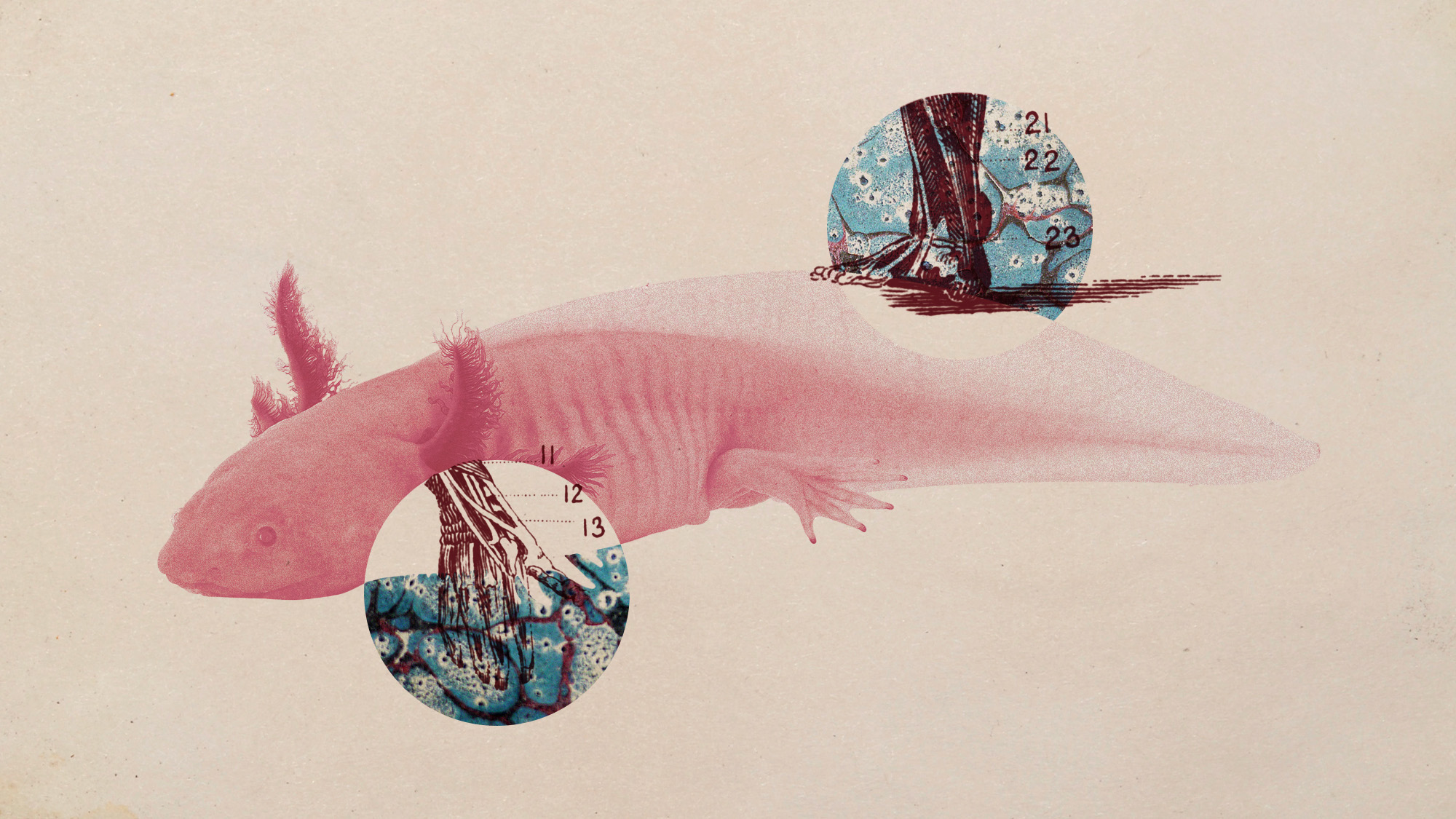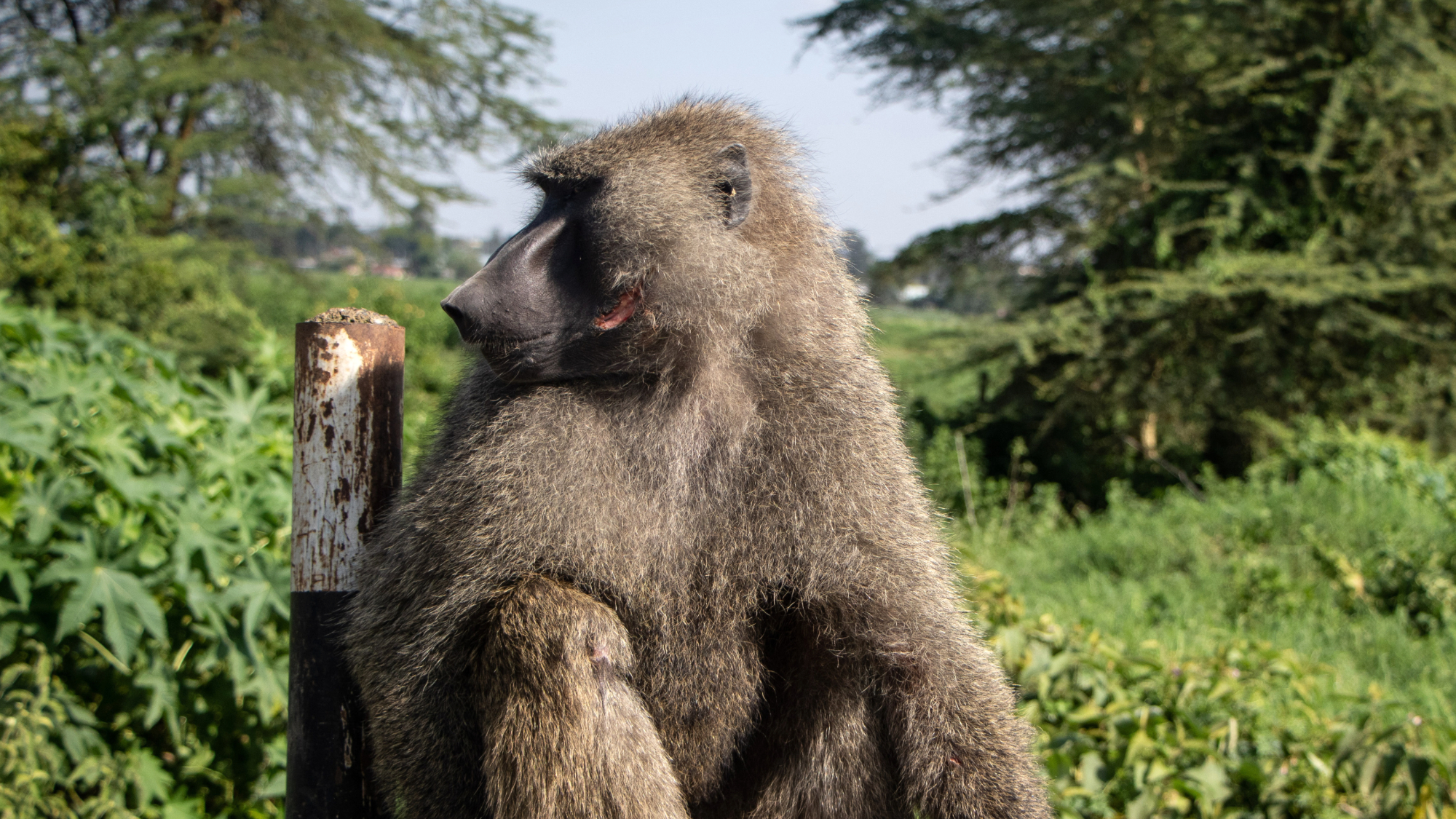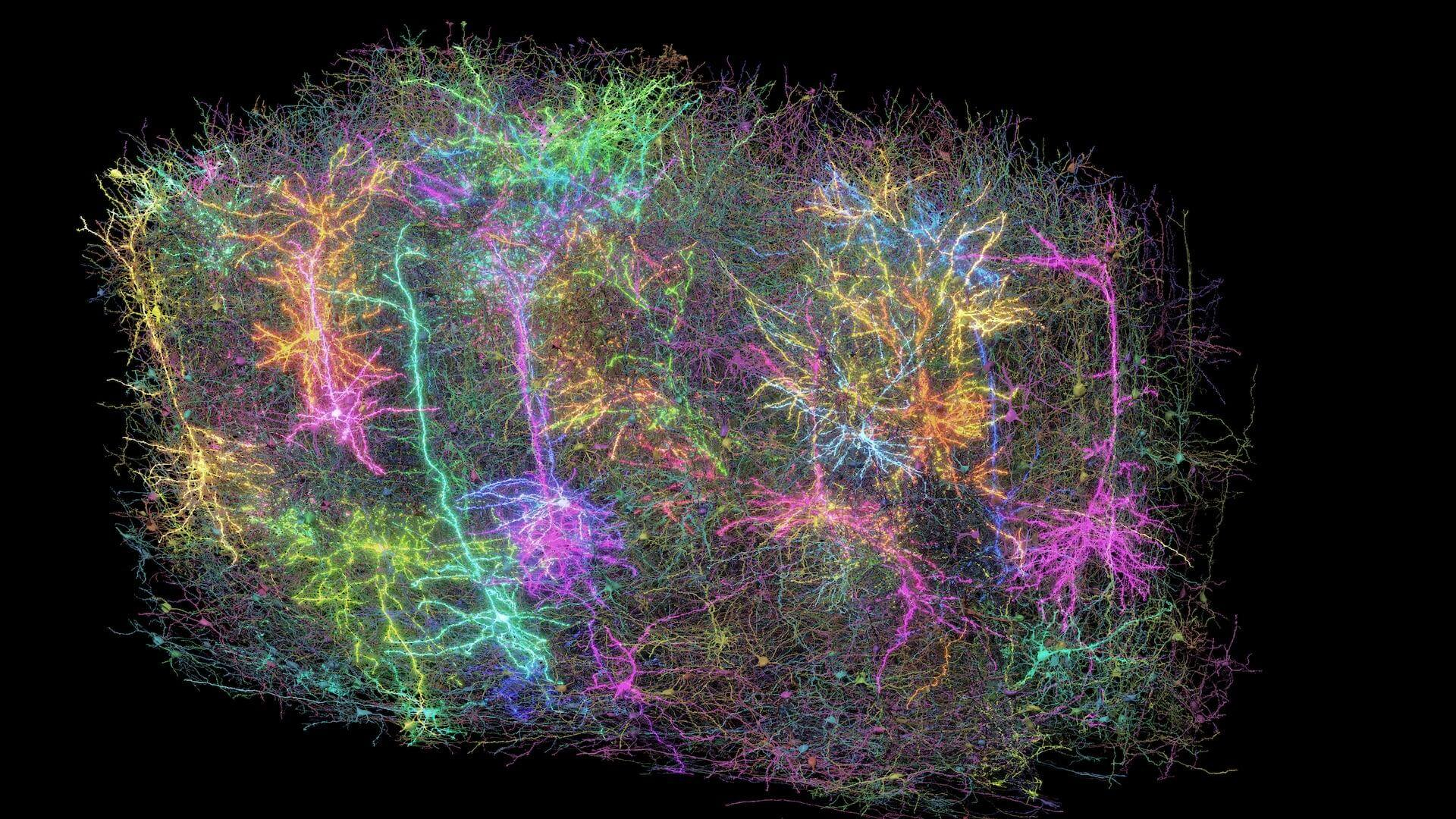Health & Science
Should we resurrect extinct species?; Evolution through roadkill; The future-tense effect; A dementia epidemic
Should we resurrect extinct species?
Jurassic Park is still science fiction, but we can already bring many extinct species back to life, National Geographic reports. “De-extinction” has progressed “very much further, very much more rapidly than anyone ever would’ve imagined,” says curator Ross MacPhee of the American Museum of Natural History. Australian scientists say they’re about to resurrect an extinct species of frog that gives birth through its mouth, and Harvard scientists are working to bring back the passenger pigeon. Russian researchers even plan to re-create a woolly mammoth from DNA found preserved in Siberian permafrost, though that might still take decades. So far the goat-like Pyrenean ibex is the only extinct species scientists have revived, using cells recovered from the last survivor to clone an offspring that lived for only 10 minutes after its birth, in 2003. Since then, advances in cloning technology have made it possible to bring back any species for which we have even a scrap of DNA—so, not fossilized dinosaurs, but perhaps Neanderthals. Many argue that priority should go to conserving living species: habitat loss, hunting, and climate change could cause the extinction of half of all species by 2100. On the other hand, says Stanford bioethicist Hank Greely, “it just would be so cool to see a woollymammoth or a saber-tooth tiger or a ground sloth.”
Evolution through roadkill
The Week
Escape your echo chamber. Get the facts behind the news, plus analysis from multiple perspectives.

Sign up for The Week's Free Newsletters
From our morning news briefing to a weekly Good News Newsletter, get the best of The Week delivered directly to your inbox.
From our morning news briefing to a weekly Good News Newsletter, get the best of The Week delivered directly to your inbox.
In southwestern Nebraska, the number of cliff swallows killed by cars and trucks has declined over the past 30 years. The surprising reason: The birds have evolved shorter wings, which allow them to pivot away faster from oncoming traffic. Researchers at the University of Nebraska–Lincoln have been studying the swallows since 1982, and recently noticed that fewer of them were becoming roadkill—even though traffic was heavier than ever before and the swallow population was increasing. When they measured the wings of birds that they did find dead on the roadside, they discovered that their average wingspan was a few millimeters longer than that of the rest of the population. Meanwhile, the average wingspan of the population as a whole decreased over the years, probably because, at least near highways, swallows with shorter wings were more likely to survive and reproduce. “Evolution is an ongoing process,” University of Tulsa biologist Charles Brown tells DiscoverMagazine.com, and human creations like roads and trucks “exert selection pressures in a way we don’t usually think about.”
The future-tense effect
Grammar puts English speakers at a distinct disadvantage when it comes to saving money or practicing healthy habits. A new study suggests that people who speak languages that use different verb tenses to distinguish between the present and the future—for instance, saying “I’m going to” or “I will” when describing an action they’ll take later—are much worse at planning than people who speak languages that blur the present and the future. Yale Business School researcher Keith Chen examined the planning skills of people in 76 countries and found that those whose language contains strong “future markers,” including speakers of English, Korean, and Russian, were 30 percent less likely to save money than were speakers of languages that use weaker future markers, such as Mandarin, Japanese, and German. In those languages, speakers can use the same verb forms to refer to the present and the future, relying on the context of their conversation to clarify what time they’re referring to. That makes them feel that the future is closer, Scientific American reports, causing them to save more for retirement, smoke less, and exercise more than people whose grammar firmly separates now from later.
A dementia epidemic
A free daily email with the biggest news stories of the day – and the best features from TheWeek.com
Alzheimer’s and other forms of dementia are afflicting far more Americans than ever before. An alarming new report by the Alzheimer’s Association shows that one in three seniors have dementia when they die, and deaths from the disease increased nearly 70 percent between 2000 and 2010. “It’s an epidemic, it’s on the rise, and currently there is no way to delay it, prevent it, or cure it,” neuroscientist Maria Carrillo tells NPR.org. As deaths from diseases like cancer, AIDS, and stroke have declined, Alzheimer’s rates have risen because people are living longer. Some 5 million Americans now have Alzheimer’s or related dementia, and as baby boomers age, that figure is expected to jump to nearly 14 million by 2050. As “simply staggering” as those numbers are, says Francis Collins, director of the National Institutes of Health, funding for Alzheimer’s research still lags far behind the billions allocated for treating and curing AIDS, diabetes, heart disease, and cancer. Researchers say many people don’t realize that Alzheimer’s devastates the body—including lowering a person’s ability to fight infection—as well as the mind, making the disease not just disabling but deadly.
-
 Which side is JD Vance taking in MAGA’s infighting?
Which side is JD Vance taking in MAGA’s infighting?Today’s Big Question GOP insiders are battling over antisemitism with an eye on 2028
-
 Campus security is in the public eye again after the Brown shooting
Campus security is in the public eye again after the Brown shootingTalking Points Questions surround a federal law called the Clery Act
-
 9 new cookbooks begging to be put to good winter use
9 new cookbooks begging to be put to good winter usethe week recommends Booze-free drinks, the magic versatility of breadcrumbs and Japanese one-pot cooking
-
 5 recent breakthroughs in biology
5 recent breakthroughs in biologyIn depth From ancient bacteria, to modern cures, to future research
-
 Bacteria can turn plastic waste into a painkiller
Bacteria can turn plastic waste into a painkillerUnder the radar The process could be a solution to plastic pollution
-
 Scientists want to regrow human limbs. Salamanders could lead the way.
Scientists want to regrow human limbs. Salamanders could lead the way.Under the radar Humans may already have the genetic mechanism necessary
-
 Is the world losing scientific innovation?
Is the world losing scientific innovation?Today's big question New research seems to be less exciting
-
 Breakthrough gene-editing treatment saves baby
Breakthrough gene-editing treatment saves babyspeed read KJ Muldoon was healed from a rare genetic condition
-
 Humans heal much slower than other mammals
Humans heal much slower than other mammalsSpeed Read Slower healing may have been an evolutionary trade-off when we shed fur for sweat glands
-
 Scientists map miles of wiring in mouse brain
Scientists map miles of wiring in mouse brainSpeed Read Researchers have created the 'largest and most detailed wiring diagram of a mammalian brain to date,' said Nature
-
 Scientists genetically revive extinct 'dire wolves'
Scientists genetically revive extinct 'dire wolves'Speed Read A 'de-extinction' company has revived the species made popular by HBO's 'Game of Thrones'